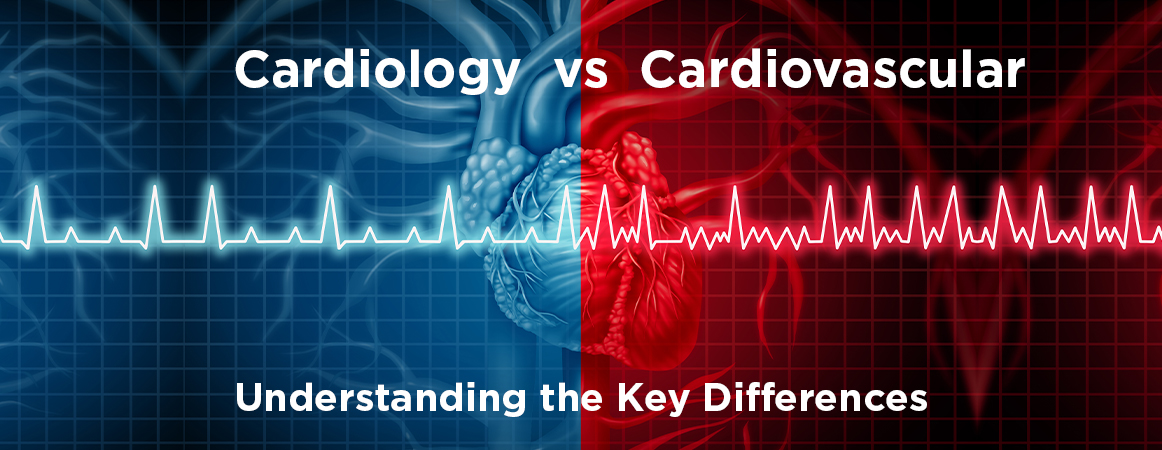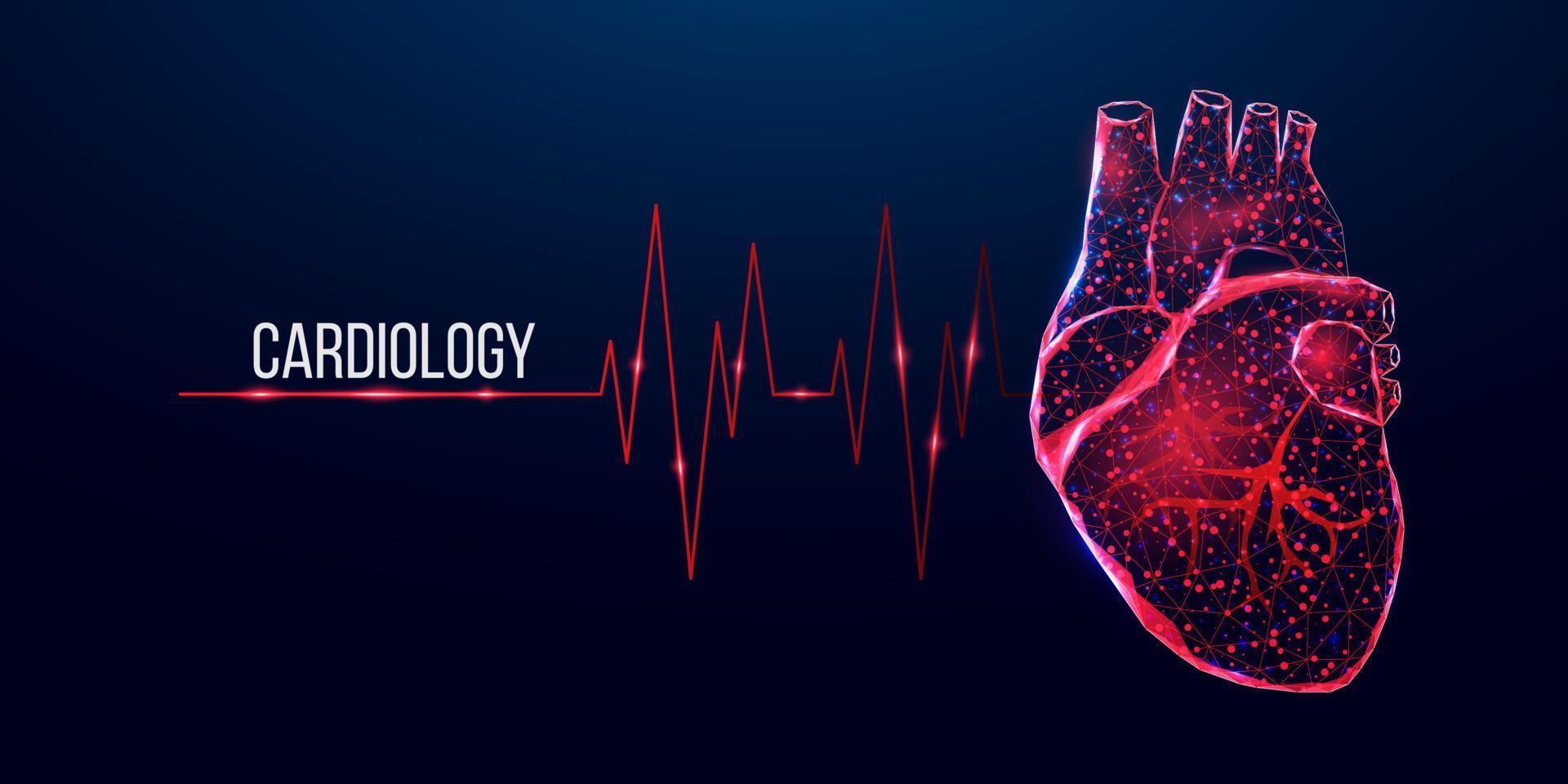Tackling hypertension head-on with modern Cardiology approaches
Tackling hypertension head-on with modern Cardiology approaches
Blog Article
Understanding the Importance of Cardiology in Modern Health Care Solutions
Cardiology plays an important duty in modern-day healthcare, particularly as heart disease remains to be the leading cause of mortality worldwide. Breakthroughs in diagnostics and therapy have actually changed patient treatment, enabling earlier interventions and boosted end results. The change in the direction of precautionary cardiology equips individuals to handle their wellness proactively. As innovation continues to progress, the integration of innovative services might better redefine cardiology's impact on public health and wellness, triggering a better evaluation of arising fads and their effects.
The Frequency of Heart Disease and Its Effect on Public Health And Wellness
Heart illness remains the leading reason of death globally, its influence prolongs far past individual people to impact public health systems and economic climates. The high frequency of heart problem puts a considerable strain on health care resources, necessitating raised financing for avoidance, rehabilitation, and treatment programs. Public wellness efforts have to deal with threat factors such as weight problems, smoking, and inactive way of livings, which contribute considerably to the rising incidence of heart conditions.Moreover, the financial worry related to cardiovascular disease is immense, including not just straight medical costs yet likewise indirect expenditures related to lost efficiency and early mortality. Communities deal with obstacles in taking care of these costs, typically bring about disparities in healthcare gain access to and end results. As the populace ages and lifestyle-related threats remain to escalate, the seriousness for effective cardiology interventions comes to be paramount. Resolving heart condition is not just an issue of specific wellness yet additionally an essential public wellness top priority.
Breakthroughs in Heart Diagnostics and Imaging Techniques
Current improvements in cardiac diagnostics and imaging methods have revolutionized the field of cardiology, boosting the capacity to identify and check cardiovascular disease. Methods such as cardiac MRI, CT angiography, and echocardiography have come to be significantly advanced, offering detailed photos of heart structures and functions. These methods permit the early identification of problems like coronary artery illness, heart failure, and valvular disorders.Moreover, advancements in non-invasive diagnostics, such as wearable modern technology and remote tracking devices, have actually equipped patients and medical care suppliers. These tools facilitate real-time monitoring of heart rhythms and other crucial indications, resulting in prompt interventions. In addition, expert system is being incorporated into imaging evaluation, improving precision and efficiency in medical diagnosis.
Innovations in Therapy Options for Heart Issues
Recent improvements in cardiology have actually caused significant advancements in therapy choices for heart problems. These include sophisticated medical methods that boost procedural results and emerging drugs that offer new methods for therapy. As the field advances, these developments play a crucial function in boosting patient care and end results.
Advanced Surgical Techniques
Innovations in surgical methods have actually transformed the landscape of cardiology, providing brand-new wish for patients with heart disease. Minimally intrusive treatments, such as catheter-based interventions, have significantly lowered recuperation times and health center keeps. Methods like robotic-assisted surgical procedure improve precision, enabling specialists to browse intricate anatomical structures with greater precision. Furthermore, improvements in imaging technology help with real-time visualization throughout treatments, enhancing results. Transcatheter aortic shutoff substitute (TAVR) exhibits an innovation in dealing with aortic constriction, allowing valve replacement without open-heart surgery. Additionally, hybrid methods that combine catheter-based and medical approaches give customized options for different cardiac issues. These advanced medical methods not only improve patient safety yet likewise broaden treatment options, emphasizing the important function of development in modern cardiology techniques.
Arising Medicines and Therapies
As the landscape of cardiology continues to advance, arising treatments and medications play a crucial function in enhancing therapy choices for heart disease. Technologies such as unique anticoagulants and advanced lipid-lowering representatives have changed the administration of heart diseases, greatly lowering individual morbidity and mortality. Furthermore, the development of genetics therapies and regenerative medication offers appealing avenues for dealing with conditions previously regarded permanent. Clinical tests are continually disclosing the efficiency of these therapies, pressing the borders of conventional therapies. Furthermore, the assimilation of digital health and wellness technologies helps with tailored medicine, permitting customized treatment plans based upon hereditary and way of life aspects. Collectively, these improvements emphasize the dynamic nature of cardiology, improving individual end results and redefining criteria of care in modern healthcare.
The Function of Preventive Cardiology in Patient Care
Preventive cardiology plays an important duty in patient care by focusing on the identification of danger aspects that add to heart condition. Via way of living alteration strategies and early detection techniques, doctor can successfully minimize the occurrence of cardiovascular events - Cardiology. This aggressive technique not just enhances client results however also promotes lasting wellness
Threat Aspect Identification
While heart diseases remain a leading source of morbidity and death worldwide, efficient risk factor recognition works as a foundation of preventive cardiology. Identifying threat aspects such as hypertension, diabetes mellitus, household, and hyperlipidemia background is necessary for early treatment. Health care professionals make use of different evaluating approaches to examine these factors, permitting tailored preventative procedures. Additionally, recognizing a client's way of living options, such as smoking and physical inactivity, further notifies threat evaluations. This thorough examination enables medical professionals to establish individualized treatment plans targeted at mitigating risks. By prioritizing threat element recognition, healthcare systems can improve person outcomes and minimize the total concern of cardio conditions, ultimately adding to boosted public health methods and source allocation.
Way Of Life Alteration Strategies
A wide range of research studies highlights the essential role of way of life adjustment approaches in reducing cardiovascular illness danger. These approaches encompass dietary changes, enhanced physical task, smoking cigarettes cessation, and weight monitoring. By adopting a heart-healthy diet rich in fruits, veggies, entire grains, and lean healthy proteins, individuals can lower cholesterol levels and high blood pressure. Normal exercise strengthens the heart and improves overall cardiovascular health and wellness. Furthermore, stopping cigarette smoking substantially lowers the threat of heart condition and boosts recovery rates for those with status quo. Weight management further adds to cardio wellness by minimizing various other danger aspects such as diabetic issues and hypertension. Executing these lifestyle transforms not just advertises private well-being but additionally offers as a foundation of preventive cardiology in patient treatment.
Very Early Detection Techniques
Way of living alterations considerably add to reducing cardio illness risks, yet they are most reliable when coupled with early discovery methods. Preventive cardiology stresses the importance of identifying possible heart problems prior to they intensify into significant conditions. Strategies such as blood stress monitoring, cholesterol testing, and advanced imaging modern technologies like echocardiograms play important roles in reviewing cardiovascular wellness. Biomarkers and genetic screening also boost the precision of very early detection, enabling tailored precautionary strategies. Routine heart danger evaluations equip doctor to intervene proactively, possibly preventing cardiovascular disease and strokes (Cardiology Jupiter). By incorporating these very early detection techniques right into routine treatment, people can gain from timely way of living treatments and targeted treatments, eventually boosting outcomes and improving top quality of life
Integrating Modern Technology Into Cardiology Practices
As developments in innovation remain to improve various fields, moved here the combination of cutting-edge devices and systems into cardiology practices has ended up being crucial for enhancing client care and results. Telemedicine systems permit cardiologists to monitor clients remotely, boosting access to care while reducing the concern on healthcare facilities. Wearable gadgets, such as smartwatches, make it possible for continuous heart price monitoring, signaling both individuals and medical professionals to potential problems in real-time. In addition, expert system (AI) is being utilized to evaluate large amounts of heart data, aiding in early medical diagnosis and tailored therapy strategies. Advanced imaging strategies, including 3D echocardiography, boost visualization of heart frameworks, leading to description much more precise treatments. Electronic wellness documents (EHRs) enhance individual details management, guaranteeing that cardiologists have immediate access to important data. Together, these technological innovations are transforming cardiology, advertising proactive monitoring and improved wellness outcomes for individuals with cardiovascular conditions.
The Relevance of Patient Education and Engagement
Client education and involvement play an essential function in the management of cardiovascular health. By gearing up patients with expertise regarding their problems, therapy alternatives, and way of living changes, health care companies empower individuals to take an energetic duty in their care. This aggressive approach can result in boosted adherence to recommended medicines, nutritional changes, and exercise programs, inevitably reducing the risk of complications.Engagement likewise fosters a solid patient-provider partnership, urging open communication and count on. When clients really feel educated and entailed, they are more probable to voice worries and ask inquiries, which can cause much better clinical outcomes. Furthermore, instructional resources, such as workshops or digital platforms, can enhance understanding and promote self-management approaches. On the whole, focusing on patient education and interaction is important for enhancing cardio health, improving lifestyle, and lowering health care expenses related to heart diseases.
Future Trends in Cardiology and Their Potential Influence

Often Asked Concerns
What Way Of Life Modifications Can Minimize Cardiovascular Disease Risk?
The existing concern addresses way of life modifications that can substantially reduce cardiovascular disease threat. Dr Garcia. Embracing a well balanced diet regimen, taking part in normal exercise, keeping a healthy weight, taking care of stress, and avoiding tobacco can significantly boost cardio health
How Can I Identify Very Early Indications of Heart Issues?
Identifying early indicators of heart issues includes surveillance symptoms such as breast pain, shortness of breath, fatigue, and uneven heartbeat. Prompt understanding of these indicators can prompt essential clinical evaluation and treatment for better outcomes.
What Are the Distinctions In Between Cardiologists and Heart Surgeons?
The differences in between cardiologists and cardiac cosmetic surgeons hinge on their functions; cardiologists largely identify and take care of heart disease with non-invasive techniques, while cardiac doctors perform operations to correct structural heart problems. Each plays an essential, unique duty.

How Typically Should I Get My Heart Wellness Checked?
The frequency of heart medical examination differs based on specific threat variables. Typically, adults need to go through assessments each to 2 years, while those with current problems might require more regular evaluations as encouraged by medical care specialists.
What Duty Does Genetics Play in Cardiovascular Disease Threat?
Genes greatly influences cardiovascular disease risk, with familial patterns indicating inherited problems. Specific genes can predispose people to high blood pressure, cholesterol issues, and other cardio issues, highlighting the value of hereditary testing in reviewing heart health and wellness. Heart disease continues to be the leading reason of fatality worldwide, its effect prolongs much past individual clients to influence public health and wellness systems and economic situations. Public wellness initiatives must resolve threat elements such as weight problems, smoking cigarettes, and less active way of lives, which contribute considerably to the climbing incidence of heart conditions.Moreover, the financial problem associated with heart illness is immense, encompassing not only direct clinical prices but also indirect costs associated to shed productivity and premature mortality. Precautionary cardiology plays an important duty in patient care by concentrating on the recognition of risk elements that add to heart condition. Artificial knowledge (AI) and machine knowing are improving diagnostics and individual surveillance, enabling very early detection of heart diseases. The differences in between cardiologists and heart specialists lie in their roles; cardiologists mainly handle and detect heart conditions through non-invasive techniques, while heart surgeons perform surgical treatments to fix architectural heart issues.
Report this page